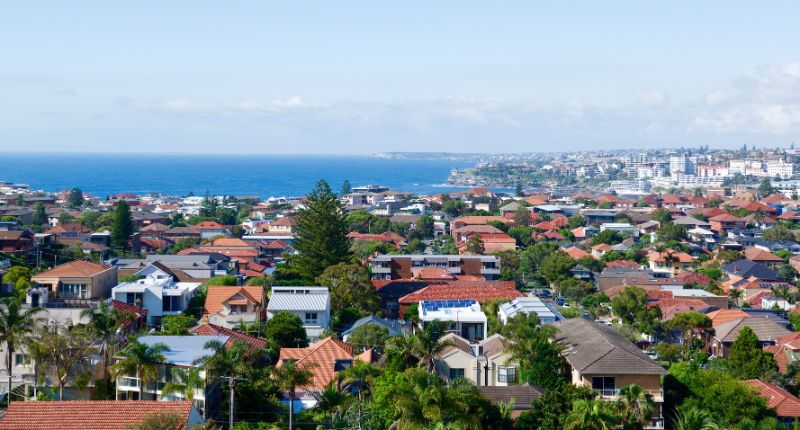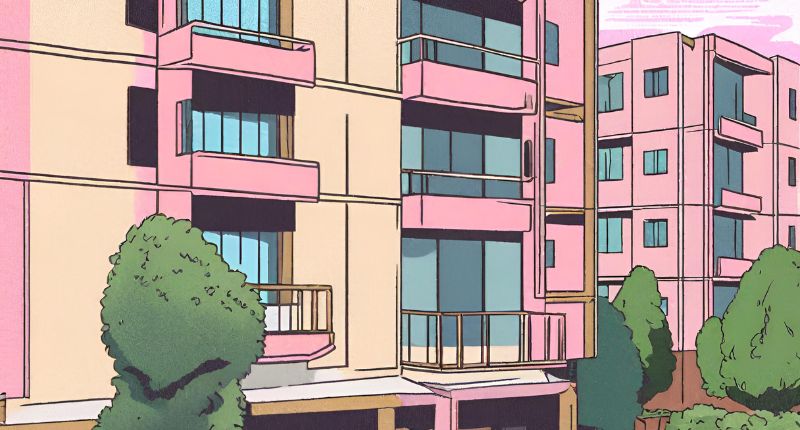
- Regional housing affordability strained as more migrate away from the hustle and bustle
- Richmond Valley coastal region declined most in affordability, with median value increasing by almost $300K
- Growth in housing values and rent unlikely to slow, as regional areas diverge from cities
The new ANZ CoreLogic Housing Affordability Report indicates a widespread decline in housing affordability is sweeping the nation.
Housing Affordability Report Findings
The current price escalation caused the ratio of housing values to household incomes to reach an all-time high in June, alongside an increasing number of years to save for a deposit.
Renters aren’t safe either, with the portion of income set aside ton cover rents also on the rise.
Low interest rates have spared the portion of income to service a mortgage from reaching a record high, although it has increased over the past few quarters.
Affordability is particularly strained in regional areas of Australia, as new residents chase a change of scenery allowed by new flexible working arrangements.
The mass exodus is only further compounded by desires to leave behind the high property prices and tight Covid restrictions of the city life.
Regional and city migration is noticeably disproportionate, with a 5.9% rise in migration to regional areas and a 3.5% decline in migration to the hustle and bustle.
As a result, regional housing is few and far between in both the rental and purchase markets, with sale listings -36.9% below the five-year average at approximately 60,000.
Richmond Valley declines most in affordability
New South Wales’ Richmond Valley coastal region was determined to have had the most significant decrease in affordability.
The dwelling value to income ratio across the region rose from 11.0 in March 2020 to 15.3 in June 2021, meaning residents are reaching further into their income to afford a house.
In the same period, dwelling values jumped by 34.3%, translating to a $290,000 increase in the median value. As of June 2021, the time taken to save a 20% deposit surged to 20.5 years as did the portion of income required to service a new mortgage, at 74.4%.
Highest change in dwelling value to income ratio, time taken to save a deposit and mortgage serviceability – March 2020 to June 2021

The Richmond Valley coastal region, which includes tourist hotspot Byron Bay, was a predictable chart topper.
The high investment into holiday accommodation and high income nature of residents are factors in the decreasing affordability of the Richmond Valley area, and a trend seen across the board.
Most areas with large reductions in affordability were already high value areas with low affordability prior to the onset of Covid.
House value and rent growth unlikely to slow
Most regions with relatively high rental value increases between March 2020 and June 2021 were located in Queensland, with the only exception in Richmond Valley.
Rental values increased most in the Noosa Hinterland (22.4%), followed by the Richmond Valley Coastal Region (22.0%) and the Gold Coast Hinterland (19.1%).
Highest change in portion of income required to service rents – March 2020 to June 2021

The CoreLogic home value index indicates that dwelling value and rent growth in the regions is unlikely to steady any time soon.
Regional dwelling values increased 2.2% over November, progressing on a 1.9% growth the month prior and doubling the growth in capital cities.
According to CoreLogic, historical records indicate a loss of price growth momentum in capital cities is typically accompanied by the same result in regional areas.
However, this hasn’t been the case with regional areas seemingly thriving in price growth while capital cities decline.
CoreLogic suggests this could be a result of lifted lockdowns, particularly in Sydney and Melbourne, allowing regional migration to swell again.







